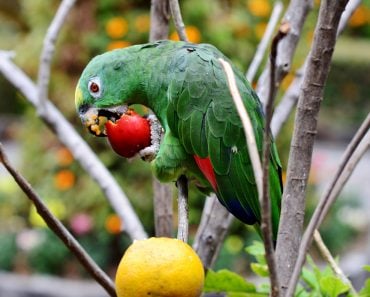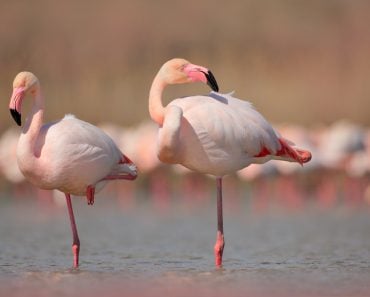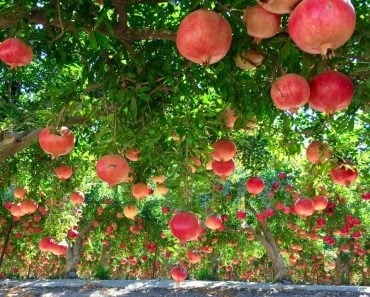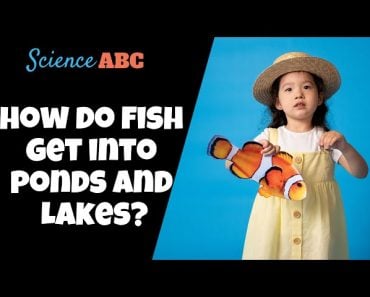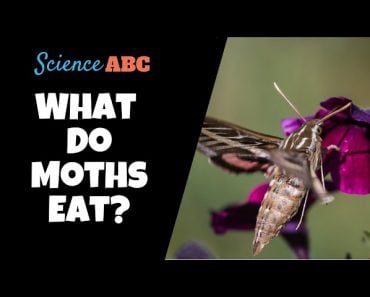The fact that birds eat and poop can shape the whole composition of a forest. If a bird prefers the fruit of one tree over another, it will eat more of that fruit; as a result, they’ll poop out the seeds of that tree to grow across the land.
Birds may be known for their beautiful calls and flashy feathers, but forests couldn’t care less about those details! For fruiting trees, the most important thing birds do is eat and poop! Over time, this can change the very composition of the forest… but how?
Recommended Video for you:
What Is Seed Dispersal?
Many flowering plants and trees rely on other organisms for both pollination and seed dispersal. When compatible pollen lands on a flower through the intervention of an insect or bird, it initiates the fruiting process. Pollen and ovule together create the seed, and that seed is encased in flesh and other structures to protect it.
The flesh is often sweet and delicious, which is what we consume as fruit! The fruits we get in our supermarkets are selectively bred, so there is a lot of flesh. Wild fruits are very seedy, with very little flesh to enjoy. However, it’s still nutritious enough to benefit animals that eat and disperse the seeds.

Why do seeds need to be dispersed in the first place? Why can’t they just land below the parent tree?
There are two conflicting theories about this. The first says that parent trees benefit their offspring, sheltering them from the elements. This is known as the nurse effect.
These trees would not benefit from wider dispersal.
The second theory is that as distance from the parent tree increases, so do the survival chances of the offspring. Far away from the parent tree, there is less competition, more light, and more resources. Dispersers then are like buses, taking the seeds to their final stop.

Birds are some of the most important frugivores and seed dispersers that exist. A large number of birds feed almost exclusively on fruits. Birds like hornbills are critical to incredible habitats like tropical rainforests.
How Do Birds Choose Fruits In A Forest Full Of Them?
Forests can be competitive places. If a bird flies into a rainforest, they have their pick of fruits. Plants therefore need to outcompete other plants, and ensure that their fruits are eaten and their seeds dispersed.
Plants that are attractive to seed dispersers may increase in population. There are many ways to be attractive. Fruits can be made sweeter and more palatable. Trees may fruit at different times of the year so that birds have no choice but to eat their fruits! Even their color may play a role.
Birds tend to have excellent color vision. One study tried to understand what colors birds like best, and whether this is a preference they are born with, or whether this preference develops over time. To do this, they examined three species—two bulbuls and one barbet. All three birds rely heavily on fruits for nutrition. All of the birds chose red and black fruits, and tended to avoid green!
Since the fruit they eat depends on its colors, trees with these color fruits tend to flourish more readily.
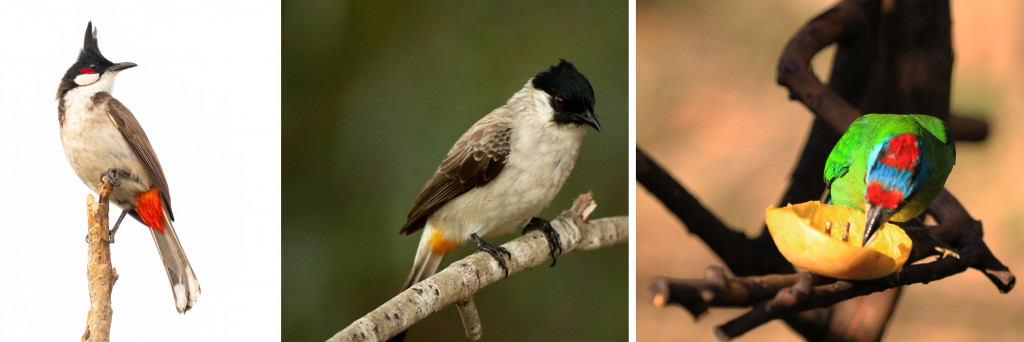
Why might birds develop such a preference? One reason could be that green is often a signal for unripeness, whereas black always means palatability. It’s also possible that black and red are simply more visible in the lush greenness of a forest.
Whatever the reason might be for color preference in birds, the study also suggested an important outcome. The preference of bird frugivores matched the frequency of these black and red fruiting plants in the wild! This means that preferred fruits are dispersed, and grow more than non-preferred fruits that are green and yellow.
Birds shape plant frequencies because they are picky eaters.

Can All Birds Eat All Fruits?
The bigger the bird, the larger the fruit it can eat. Trees may evolve towards larger or smaller fruit sizes, depending on who they want their fruit to be eaten by. This means that the average size of the bird community determines what fruits will be eaten and what trees consequently grow after seed dispersal.

One study examined how logging can change a bird community, and how those bird communities shape the forest. In logged forests, the average size of the bird community was smaller. Smaller birds eat smaller fruits, and the birds who were disrupted by logging disperse fewer seeds from large-fruited trees. Over time, this could lead to a reduction in trees with large fruits.
Different birds disperse different seeds, so changing a forest can have a significant impact on the future plant community.
Forests Are The Products Of Choices That Birds Make
Frugivory is one of three main ways to disperse seeds. Seed dispersal, along with pollination, are the key drivers of vegetation patterns within biomes. Plants that are attractive to animal dispersers often increase in population. Populations of key dispersers can greatly influence where and how much a certain plant will grow.

Fruit choice by birds, and the birds that are available to make those fruit choices, shape forests.
Birds are not the only frugivores and seed dispersers, but the effect they have is incredibly important to biome stability and diversity!
References (click to expand)
- Gagetti, B. L., Piratelli, A. J., & Piña-Rodrigues, F. C. M. (2016, May 6). Fruit color preference by birds and applications to ecological restoration. Brazilian Journal of Biology. FapUNIFESP (SciELO).
- Duan, Q., Goodale, E., & Quan, R.-. chang . (2014, July 17). Bird fruit preferences match the frequency of fruit colours in tropical Asia. Scientific Reports. Springer Science and Business Media LLC.
- Willson, M. F., Graff, D. A., & Whelan, C. J. (1990, August). Color Preferences of Frugivorous Birds in Relation to the Colors of Fleshy Fruits. The Condor. Oxford University Press (OUP).
- Velho, N., Ratnam, J., Srinivasan, U., & Sankaran, M. (2012, September). Shifts in community structure of tropical trees and avian frugivores in forests recovering from past logging. Biological Conservation. Elsevier BV.
- Wied, A., & Galen, C. (1998, July). Plant Parental Care: Conspecific Nurse Effects InFrasera SpeciosaAndCirsium Scopulorum. Ecology. Wiley.
- Augspurger, C. K. (1984, December). Seedling Survival of Tropical Tree Species: Interactions of Dispersal Distance, Light-Gaps, and Pathogens. Ecology. Wiley.

